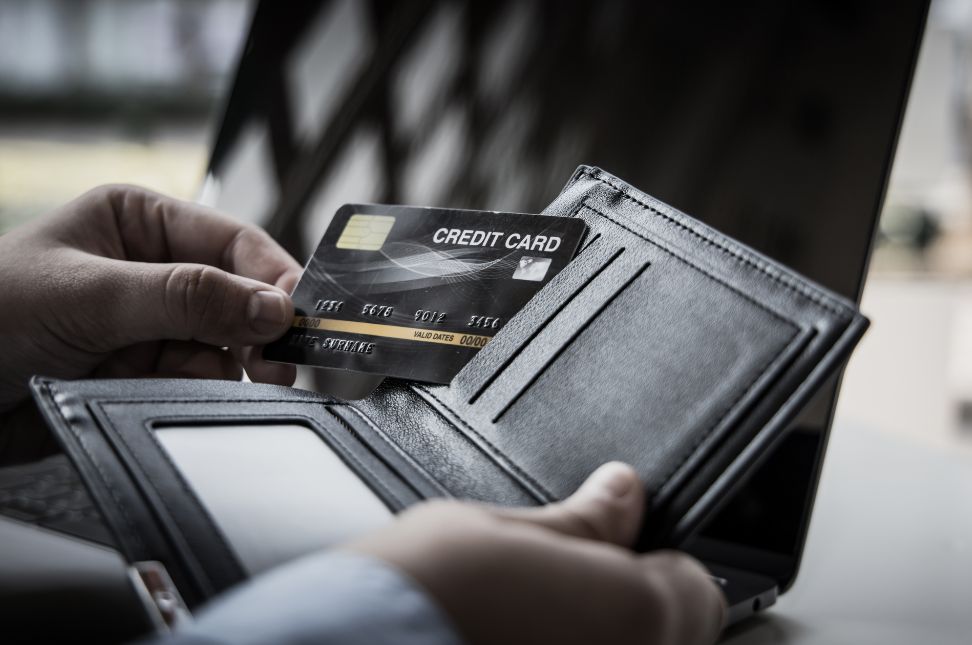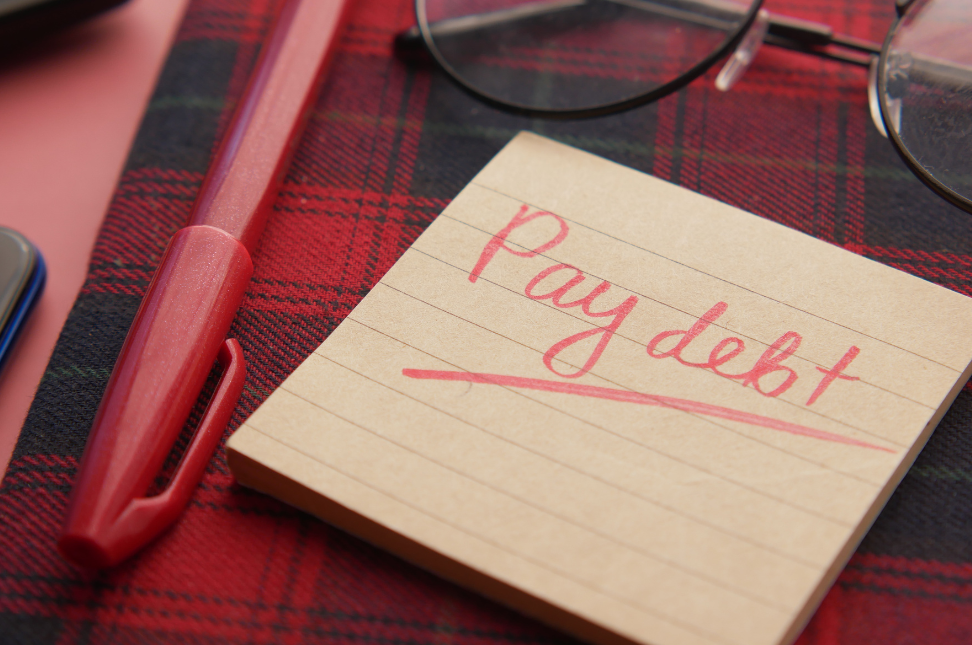Understanding credit card dispute resolution is essential for protecting your financial interests. Disputes can arise from unauthorized transactions, billing errors, or defective merchandise. Knowing how to navigate the dispute resolution process ensures you can resolve issues efficiently and safeguard your credit.
What is Credit Card Dispute Resolution?
Credit card dispute resolution involves challenging a transaction on your credit card statement that you believe is incorrect or fraudulent. This process allows cardholders to dispute charges and potentially receive a refund if the dispute is resolved in their favor.
Common Reasons for Disputes
There are several reasons why you might initiate a credit card dispute resolution:
- Unauthorized Transactions: Charges you did not authorize.
- Billing Errors: Incorrect amounts or duplicate charges.
- Goods Not Received: Items you paid for but never received.
- Defective or Damaged Goods: Items that arrived damaged or not as described.
- Refund Not Processed: Refunds that were promised but never credited to your account.
Steps to Resolve a Credit Card Dispute
Here’s how to navigate credit card dispute resolution effectively:
1. Review Your Statement
Carefully review your credit card statement to identify the disputed charge. Ensure you have not made the transaction or received a refund.
2. Gather Documentation
Collect all relevant documentation, such as receipts, invoices, emails, or any communication with the merchant. This evidence will support your claim during the dispute process.
3. Contact the Merchant
Before initiating a formal dispute, contact the merchant directly. Often, merchants are willing to resolve issues promptly. If the merchant agrees to issue a refund, monitor your account to ensure the credit is processed.
4. Notify Your Credit Card Issuer
If contacting the merchant does not resolve the issue, inform your credit card issuer. Most issuers allow you to file a dispute online, by phone, or through their mobile app. Provide all relevant details and documentation.
5. Follow Up
After filing the dispute, follow up with your credit card issuer to track the progress. The issuer may require additional information or documentation.
6. Temporary Credit
Many credit card issuers provide a temporary credit for the disputed amount while they investigate. This credit will appear on your statement, but it’s important to note that it may be reversed if the dispute is not resolved in your favor.
7. Resolution
The issuer will investigate your claim and contact the merchant for their side of the story. This process can take several weeks. If the dispute is resolved in your favor, the temporary credit becomes permanent. If not, the charge will be reinstated.
Legal Protections
Consumers in the U.S. have legal protections for credit card dispute resolution under the Fair Credit Billing Act (FCBA). The FCBA provides the following protections:
- 60-Day Rule: You must dispute a charge within 60 days of the statement date.
- Investigation Period: The issuer has two billing cycles, but no more than 90 days, to investigate the dispute.
- No Liability for Unauthorized Charges: You are not liable for unauthorized charges if reported promptly.
Tips for Successful Dispute Resolution

To enhance your chances of a successful credit card dispute resolution, consider these tips:
1. Act Promptly
Initiate the dispute process as soon as you identify a problem. Timely action is crucial for a favorable resolution.
2. Keep Detailed Records
Maintain detailed records of all communications with the merchant and credit card issuer. Document dates, names, and the content of conversations.
3. Be Persistent
Follow up regularly with your credit card issuer. Persistence can help ensure your dispute is given the attention it deserves.
4. Stay Calm and Polite
Maintain a calm and polite demeanor when dealing with customer service representatives. This approach can facilitate a more cooperative resolution process.
Real-Life Example
Consider John, who discovered a $500 charge on his credit card for a product he never ordered. John immediately contacted the merchant, but they refused to issue a refund. He then notified his credit card issuer and provided documentation, including emails and his statement. The issuer gave him a temporary credit while investigating. After two weeks, the investigation concluded in John’s favor, and the credit became permanent.
Conclusion
Credit card dispute resolution is a vital process for addressing unauthorized charges, billing errors, and other issues. By understanding the steps involved, acting promptly, and providing thorough documentation, you can effectively navigate the dispute resolution process. Remember, legal protections like the FCBA are in place to support consumers, ensuring you can resolve disputes and protect your financial health. Start by reviewing your statements regularly, and don’t hesitate to dispute any suspicious charges.




